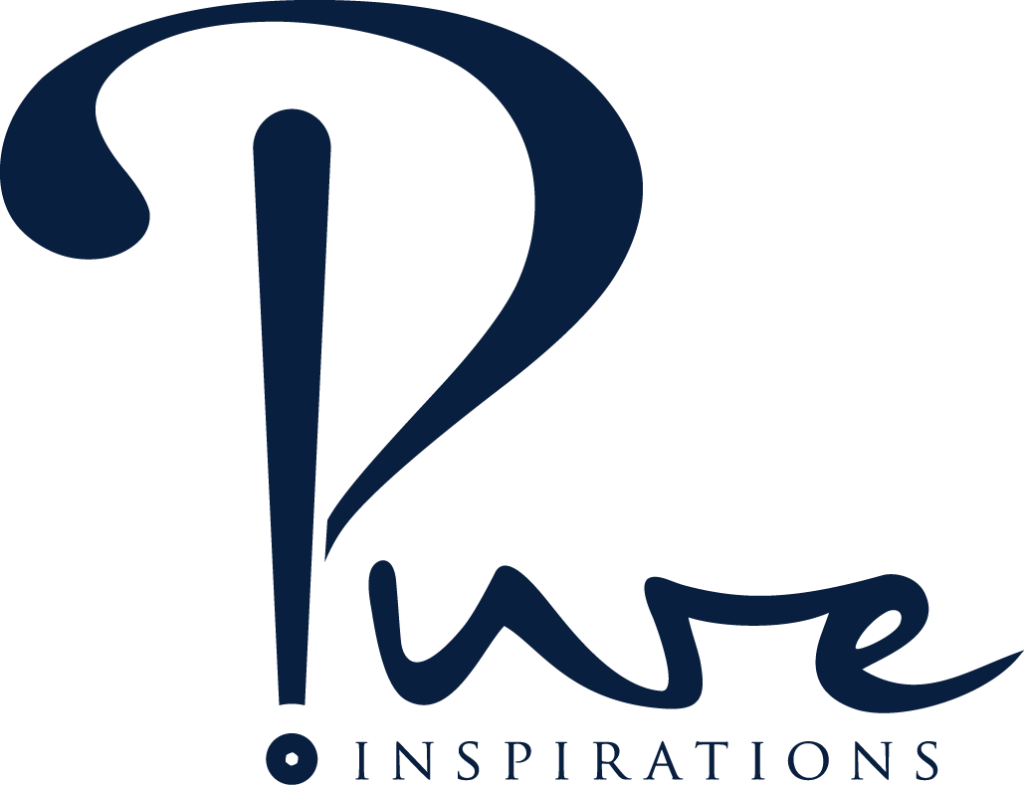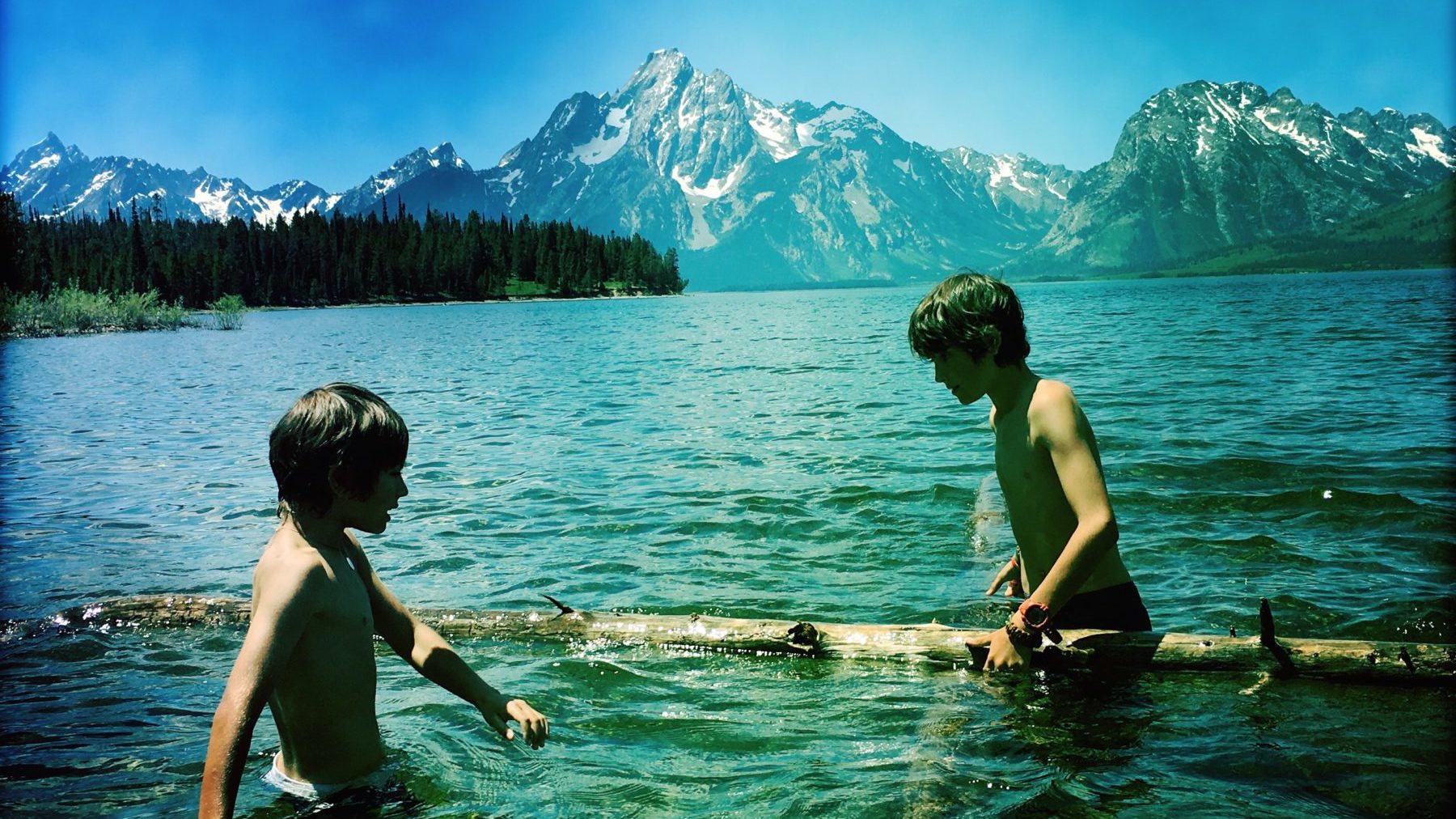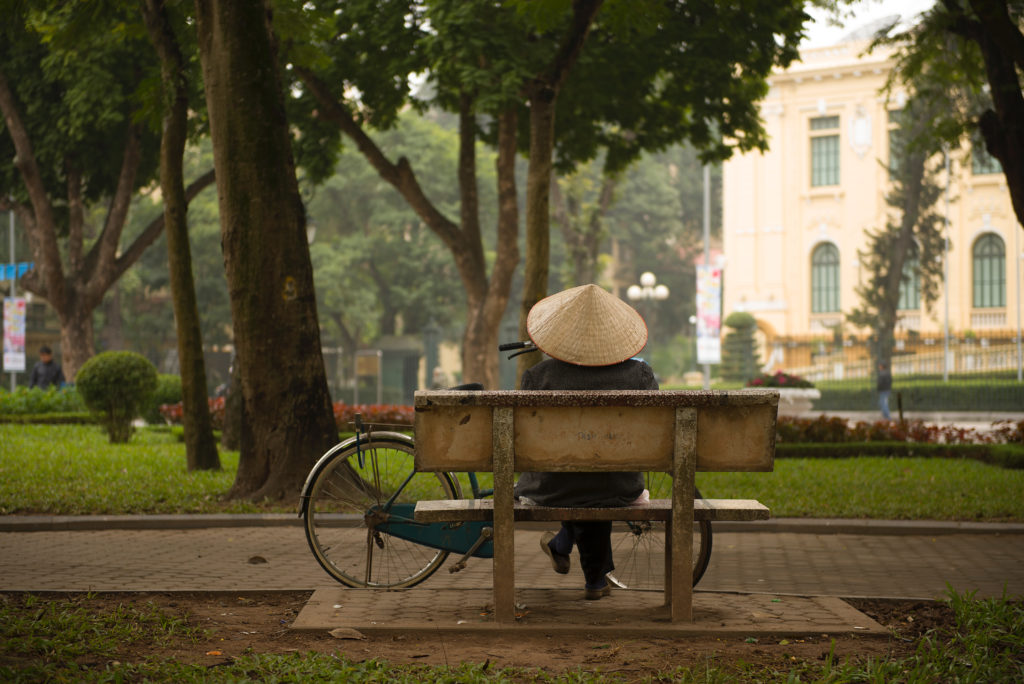“One of the powers of nature is that it provides good metaphors for resiliency and living life, and there’s no metaphor stronger than running a river. Rivers hit all my buttons: fun, beauty, excitement, physical challenge, social engagement,” says Florence Williams in her second book:
The Nature Fix: Why Nature Makes us Happier, Healthier, and More Creative.
Florence Williams author of “Breast: A Natural and Unnatural history” continues to research how our environment affects our health -and creativity!
PI contributing journalist Jennie Lay shares her interview with Florence Williams, revealing some of the results of her research, and enticing us to read this book – under a tree…
Jennie Lay: How did you launch from “Breasts” into “The Nature Fix?”
Florence Williams: Actually, the books have more in common than it might appear. Both are about how the environment influences our health. In the first book, it was more of a negative influence. I looked at things like the effects of pollution on breast milk and breast cancer. But some of it was also fun and first-person, as is the new book, which is more about how nature can improve our health. In both books, I undertake some participatory journalism, testing my own body for certain substances or running my brain through an EEG machine while staring at a river. I like interacting with the scientists this way and making the material friendly.
JL: In the “The Nature Fix,” you say humans are now officially classified an “urban species.” It’s a daunting realization. After all your research, do you feel like the science is sound enough to provoke some deep, philosophical changes in indoor-dwelling, plugged-in individuals?
FW: Yeah, I definitely do. There’s not only good science that spending time indoors is bad for us (leading to everything from obesity to loneliness to near-sightedness and vitamin D deficiency), but time outdoors is clearly linked to better moods, healthier cardio outcomes and, especially in kids, socio-emotional development. Our bodies were designed to move around, and our brains were built to take in nature-based stimuli. Most of us achieve some feelings of well-being when our brains do what they’re optimized to do.
JL: I’d argue there’s no such a thing as too much nature. But has anyone laid down a bare-minimum standard?
FW: Yes, actually, Finnish health experts have concluded that people should dose themselves with at least five hours a month of time in nature to ward off depression. This is based on empirical research in a population that ranks pretty high for depression (Finnish people).
JL: What about the planners who help mastermind urban spaces? Any great new examples where planners, and the cities they influence, are taking note?
FW: Yes, I’m excited about the future directions that cities can go to make nature more accessible to more people. We live in these spaces, so we must make them livable. There are some great examples I talk about in the book – how Singapore has converted utility canals to park trails, how Korea has opened up underground creeks to daylight for birds and people, and how places like New York City are finding that green spaces, like the High Line, can be good for mental health and tax dollars alike.
JL: What scientific finding did you find most profound – and why did it strike you?
FW: There are so many! Like the importance of outdoor play to child development. But if I had to pick one thing, after spending a week in the Idaho wilderness with women veterans who have PTSD, I became fascinated by the notion that awe – an emotion often triggered by nature – can actually reverse symptoms of PTSD. Awesome nature gives us perspective and makes us feel connected both to the universe and to each other. I witnessed the start of this transformation in these women. It was moving and it was a tremendous privilege.
JL: A nature fix is easier for some folks to access than others. What are some of the greatest barriers?
FW: Probably the greatest barriers are cultural. Did you go outside into nature a lot as a child? Is it a comfortable place for you? Are your friends doing it? Are your schools incorporating it? Or is everyone staying inside with multi-player video games? Even if nature is comfortable for us, another very real barrier is simply time management. We’re busy. We don’t prioritize being outside because we don’t recognize how critical it is for our well-being. That’s what I really hope to change through writing this book.
JL: In the end, the poets, artists, novelists and philosophers have been right about nature’s awe. But did you find a lot of woo-woo you had to wade through to find substantial scientific research?
FW: Yes, there is a bit of a woo-woo in this space and I have a major allergy to it. I avoided the barefoot mystics for the most part, finding the skeptical neuroscientists a more interesting group. I like stories of how scientists get converted to certain ideas they didn’t start out buying.
JL: Weirdest encounter on the journey of researching this book?
FW: The weirdest thing I experienced was trying to achieve the benefits of nature through Virtual Reality. I walked on a treadmill in a lab while looking at giant videos of a park trail. The technology just didn’t work for me at all. I was hooked up to all these loud machines. I felt nauseous and claustrophobic. It was absolutely the opposite of being in nature. The lesson: Go outside, where it’s real.
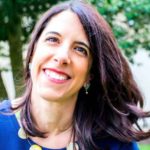 Learn more about Florence Williams writings and audible series
Learn more about Florence Williams writings and audible series
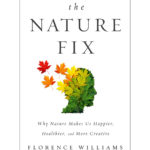 Purchase the Book in Pure Treasures
Purchase the Book in Pure Treasures
[This book is published by W.W. Norton & Company] [This interview was first published in Steamboat Magazine]
